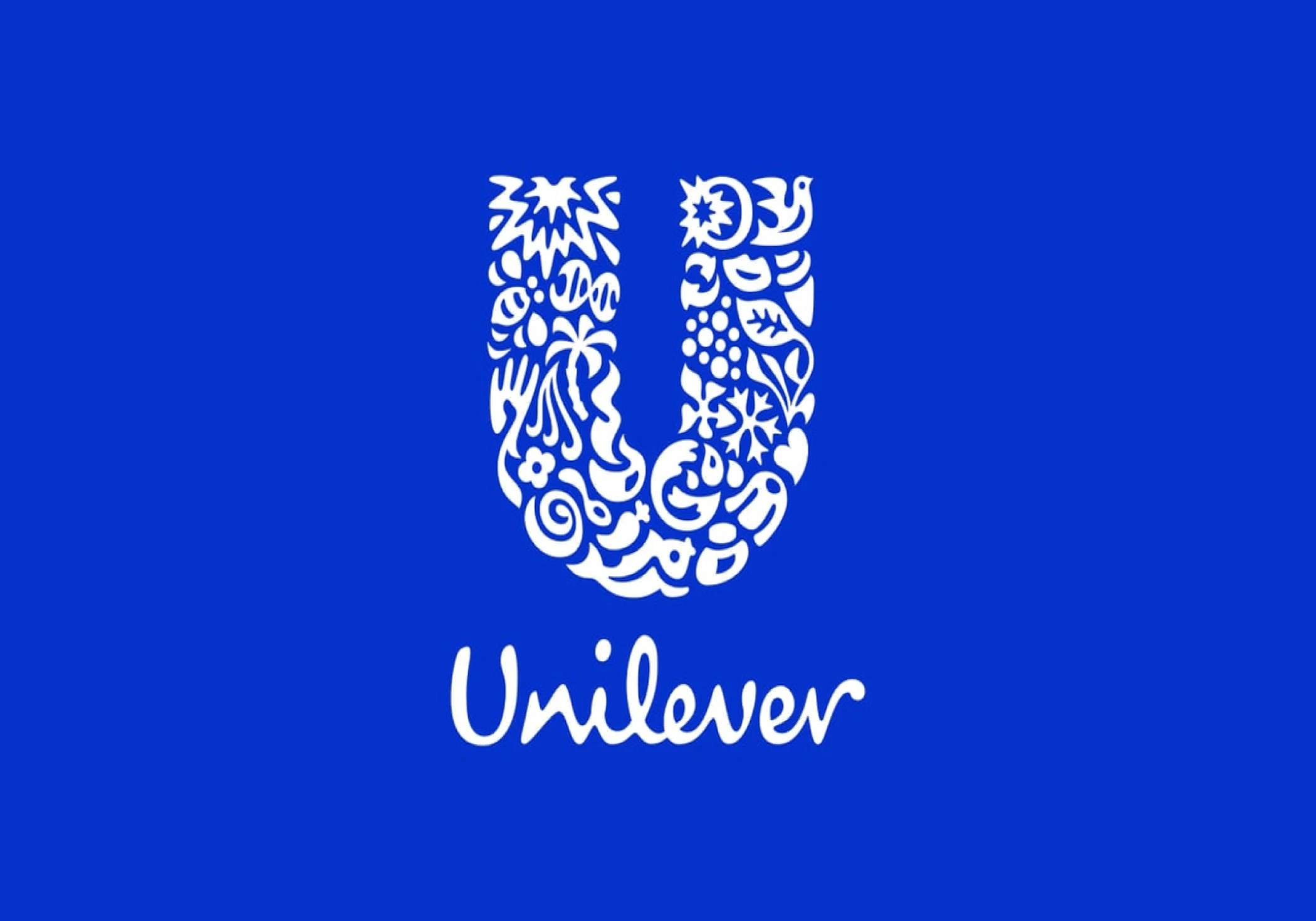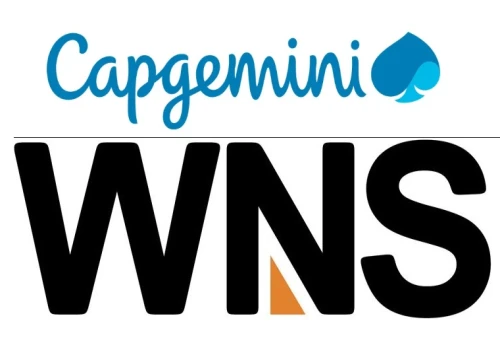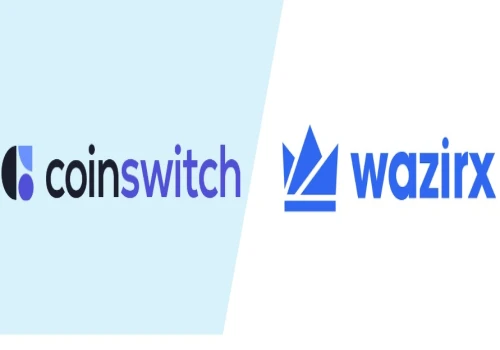
Unilever Licks the Spoon on Ice Cream, But What About HUL's Future Flavor?
In a move shaking the ice cream industry, Unilever, the parent company of Hindustan Unilever Limited (HUL), announced a strategic separation of its global ice cream business. This decision, aimed at streamlining operations and boosting performance, has left HUL, a major player in the Indian ice cream market, contemplating its next steps. While Unilever's ice cream unit boasts strong global performance, integrating it into a separate entity presents unique challenges for HUL's Indian operations.
HUL Scoops Out Options: Evaluating the Future
HUL, acknowledging the potential impact of the spin-off, is currently evaluating various options for its ice cream business. The company emphasizes a "business as usual" approach for the immediate future, with plans to discuss potential strategies with the HUL Board and Unilever management in the coming months. Transparency is key, as a spokesperson assures, with a clear communication plan once a finalized approach is established.
The significance of the ice cream division to HUL cannot be overstated. Contributing 3% (approximately Rs. 59,144 crore) to HUL's revenue in FY23, the ice cream business is a sweet spot for the company. This segment complements HUL's robust "Symphony" cost-saving program, a crucial driver for growth and brand investment. HUL's spokesperson highlights the company's intention to leverage Unilever's global productivity initiatives and best practices to further optimize Symphony.
The Icy Reality: Challenges of a Unique Model
However, the path forward is not without its hurdles. HUL's ice cream business operates under a distinct business model compared to Unilever's other ventures. Factors like a cold-chain dependent go-to-market strategy, inherent seasonality in ice cream consumption, and a distinct innovation cycle differentiate HUL's ice cream unit. These factors necessitate a tailored approach for the Indian market, potentially posing integration challenges within a separate ice cream entity.
HUL's Recipe for Success: A Look at the Sweet Stuff
HUL has carved a strong niche in the Indian ice cream market with its popular brands – Kwality Walls, Magnum, and Cornetto. These brands contribute significantly to the company's Food & Refreshment segment, which accounts for a quarter of its total revenue. Interestingly, Unilever itself acknowledged the stellar performance of its ice cream business in its latest annual report, highlighting successful innovations and execution strategies.
HUL's ice cream division has been instrumental in propelling the company's Food & Refreshment segment alongside its Foods and Coffee divisions. Recognizing the seasonality of ice cream consumption, HUL has actively pursued "de-seasonalization" strategies. This approach involves innovative campaigns and unique product launches targeted towards Indian festivals, effectively expanding consumption occasions throughout the year. HUL's "I am Wall's" initiative with Kwality Walls further exemplifies the company's commitment to the Indian market. This mobile vending program has empowered nearly 12,600 individuals, including over 250 differently-abled persons, by fostering entrepreneurial opportunities.
The Next Chapter: A Churning of Possibilities
As HUL navigates the uncertain future of its ice cream business post the Unilever spin-off, several possibilities emerge. Here are some potential scenarios:
- HUL Spins Off Its Own Ice Cream Unit: HUL could choose to establish a separate entity for its ice cream business in India. This path would require a well-defined strategy to address the unique challenges of the Indian market while capitalizing on HUL's established brand presence and distribution network.
- HUL Merges with Another Ice Cream Company: A strategic merger with another established player in the Indian ice cream market could be an option. This strategy would leverage combined resources, expertise, and distribution networks to create a stronger market position.
- HUL Licenses Production and Distribution: HUL could potentially license production and distribution rights to a separate entity, allowing it to focus on its core business while maintaining a presence in the ice cream market











